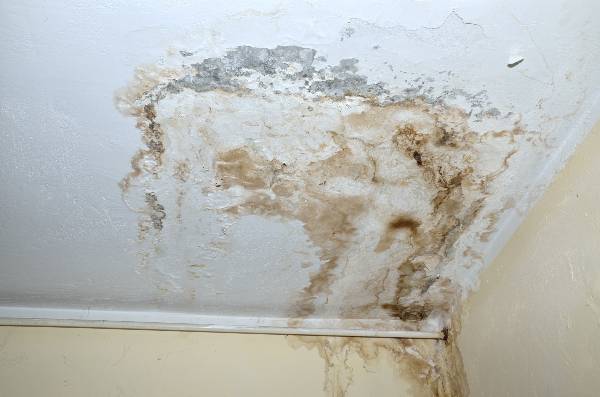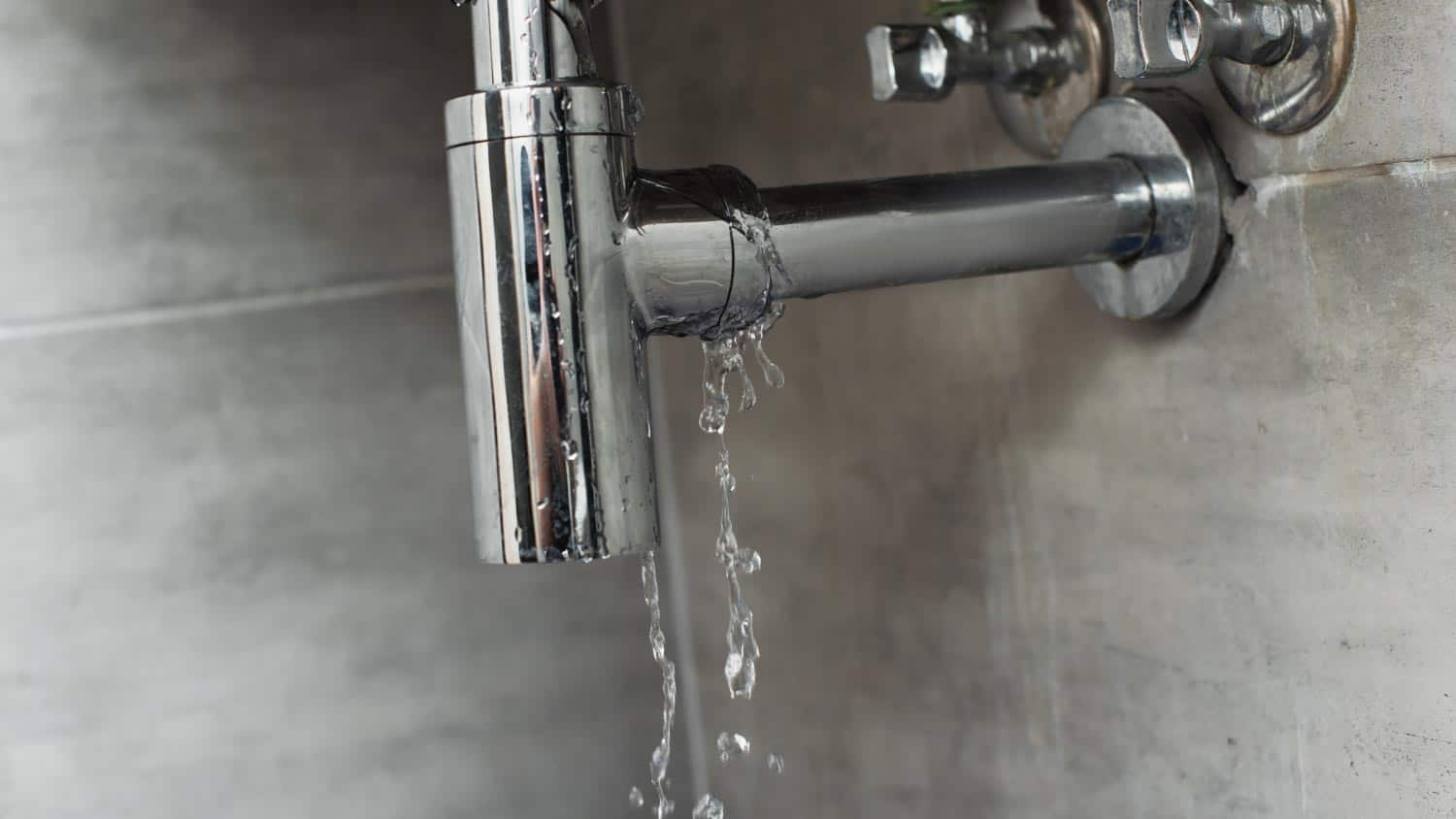Exactly how to Examine If Your Residence Has a Hidden Leakage
Exactly how to Examine If Your Residence Has a Hidden Leakage
Blog Article
This post in the next paragraphs on the subject of Finding hidden leaks is exceptionally enjoyable. You should look it over.

Early detection of dripping water lines can alleviate a potential calamity. Some tiny water leaks might not be visible.
1. Take A Look At the Water Meter
Every house has a water meter. Inspecting it is a proven way that helps you find leaks. For beginners, switch off all the water sources. Guarantee nobody will certainly purge, make use of the faucet, shower, run the washing device or dishwashing machine. From there, most likely to the meter and also watch if it will certainly change. Because nobody is utilizing it, there must be no motions. That indicates a fast-moving leak if it relocates. If you identify no adjustments, wait an hour or two and also inspect back again. This means you might have a sluggish leakage that might even be underground.
2. Examine Water Usage
If you spot sudden modifications, in spite of your intake being the very same, it indicates that you have leakages in your plumbing system. An abrupt spike in your costs suggests a fast-moving leak.
Meanwhile, a stable increase every month, despite having the exact same practices, reveals you have a sluggish leak that's additionally slowly rising. Call a plumber to extensively check your residential or commercial property, specifically if you really feel a warm area on your flooring with piping below.
3. Do a Food Coloring Test
When it concerns water consumption, 30% originates from toilets. Examination to see if they are running correctly. Decrease specks of food shade in the storage tank and also wait 10 minutes. There's a leak in between the tank as well as dish if the shade in some way infiltrates your bowl throughout that time without flushing.
4. Asses Outside Lines
Don't neglect to inspect your outdoor water lines also. Must water seep out of the link, you have a loose rubber gasket. One little leak can waste loads of water and also surge your water costs.
5. Analyze the situation and inspect
House owners must make it a practice to examine under the sink counters and also even inside cabinets for any type of bad odor or mold development. These 2 red flags indicate a leak so punctual focus is called for. Doing regular examinations, also bi-annually, can conserve you from a major issue.
Inspect for discolorations and also compromising as many home appliances and pipelines have a life expectations. If you think dripping water lines in your plumbing system, don't wait for it to intensify.
Early discovery of leaking water lines can alleviate a possible disaster. Some small water leaks may not be noticeable. Examining it is a surefire method that assists you uncover leakages. One tiny leakage can squander heaps of water and also spike your water bill.
If you presume dripping water lines in your plumbing system, do not wait for it to intensify.
WARNING SIGNS OF WATER LEAKAGE BEHIND THE WALL
PERSISTENT MUSTY ODORS
As water slowly drips from a leaky pipe inside the wall, flooring and sheetrock stay damp and develop an odor similar to wet cardboard. It generates a musty smell that can help you find hidden leaks.
MOLD IN UNUSUAL AREAS
Mold usually grows in wet areas like kitchens, baths and laundry rooms. If you spot the stuff on walls or baseboards in other rooms of the house, it’s a good indicator of undetected water leaks.
STAINS THAT GROW
When mold thrives around a leaky pipe, it sometimes takes hold on the inside surface of the affected wall. A growing stain on otherwise clean sheetrock is often your sign of a hidden plumbing problem.
PEELING OR BUBBLING WALLPAPER / PAINT
This clue is easy to miss in rooms that don’t get much use. When you see wallpaper separating along seams or paint bubbling or flaking off the wall, blame sheetrock that stays wet because of an undetected leak.
BUCKLED CEILINGS AND STAINED FLOORS
If ceilings or floors in bathrooms, kitchens or laundry areas develop structural problems, don’t rule out constant damp inside the walls. Wet sheetrock can affect adjacent framing, flooring and ceilings.
https://www.servicemasterbyzaba.com/blog/how-to-detect-water-leakage-in-walls/

I was made aware of that write-up about Locating water leaks from an associate on our other website. Please take a moment to distribute this blog if you enjoyed it. We love reading our article about Top leak detection hacks.
Report this page